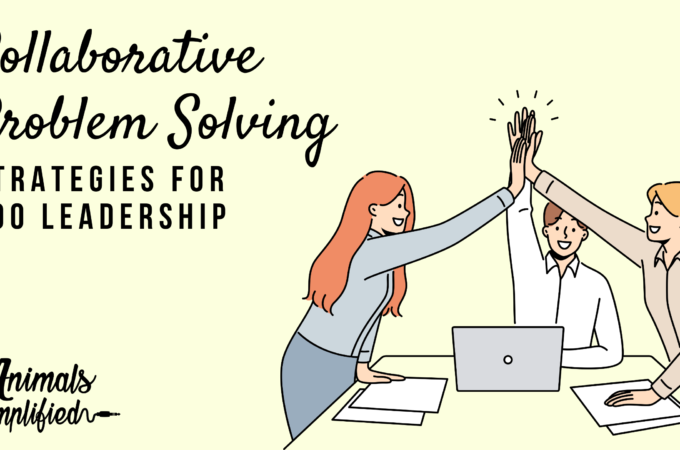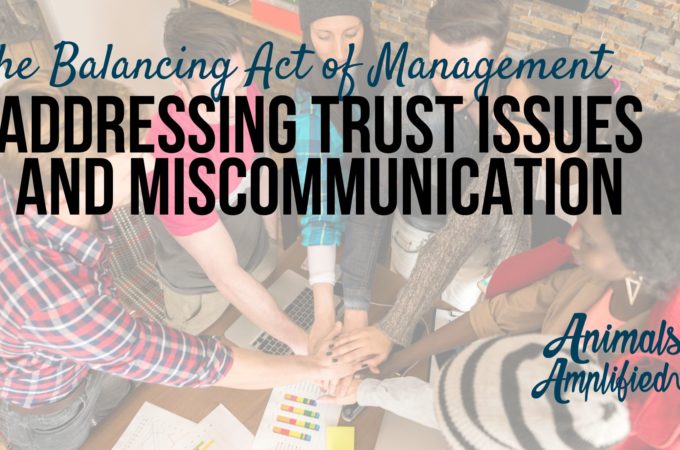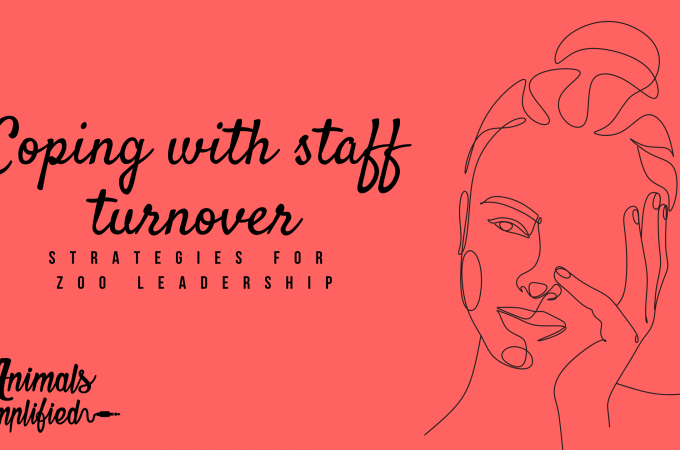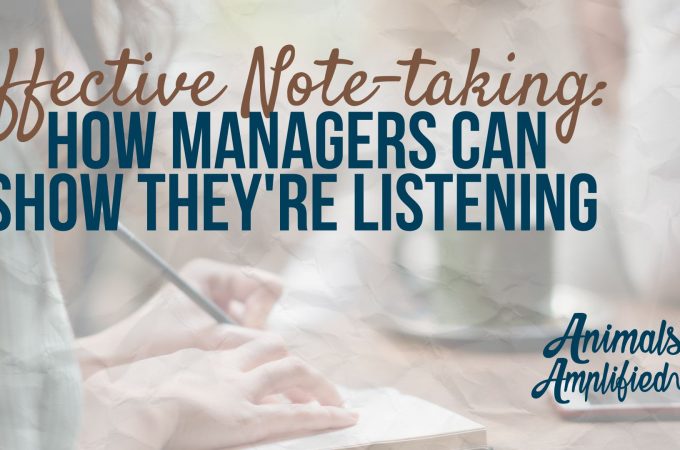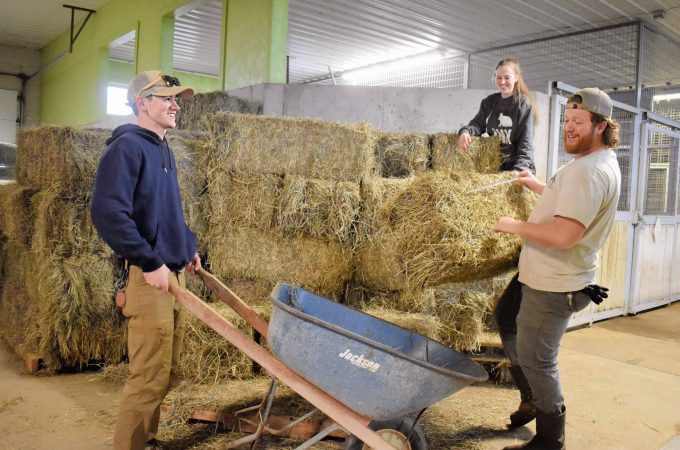
Train your Employees to Problem Solve
The Thinking Advantage by Jill Young
I have read some great leadership books lately. Writing a summary of the book and what stood out to me is one way I commit the learning to long-term memory. I also come up with action steps to apply to my leadership. I thought you might appreciate it if I shared that summary and my action steps with you! The Thinking Advantage by Jill Young will teach you how to train your employees to problem solve. The book’s premise is how to be a leader who teaches their employees to think and learn instead of a leader who rescues and answers questions.
Jill introduces the four steps to teaching your people to think:
- Think
- Coach
- Don’t Rescue
- Return and Reflect
Teach – Setting up a Training Program
She starts by discussing how adults learn and how that’s different from how we might learn in school. They need autonomy with a little bit of structure. Give them learning objectives but a flexible schedule. It also helps adults when the content is related to real-world problems with an opportunity to apply their learning. An excellent onboarding program is essential to train your employees to problem solve.
When teaching, she encourages us to allow doing over reading and writing with lots of reflection and conversation. Discussion works best when adults can learn and laugh in a group with others with whom they can talk through their issues. Finally, allowing them to teach what they’ve learned is also essential. For example: watch one, do one, teach.
When setting up a training program for your facility, it’s crucial to include the principles above. The author provides lots of practical tips for each section of the book. Two valuable tips stood out to me.
My favorite take-away from this chapter was having subject matter experts responsible for teaching others about specific topics. They are also responsible for researching and diving into industry standards and innovations in their particular subject. I thought this was a great way to divide and conquer the work and an excellent way to provide professional development outside of leadership roles. Could a keeper on your team who isn’t interested in or qualified for a leadership role become a Subject Matter Expert. Being a subject matter expert is how Erin, from our “So You Want to Be a Keeper Series,” took on the behavioral husbandry role at her facility. What subjects need experts, and who is interested in stepping into that role?
My second favorite was letting employees be in charge of the training by creating a list of things new employees need to know. Don’t just do this for your department. Ask operations, membership, maintenance, and grounds, “What do you think a new keeper in our area needs to know if their first 30 days, 90 days, and years about your department and working with you?”
My Action plan to train your employees to problem solve:
- Review our on-boarding process with my new knowledge about how adults learn
- Check in with other teams about what they need my team to learn
- Consider who might be good candidates to be subject matter experts
Coach – Train your employees to problem solve
Jill explains that if training is the science, coaching is the art. She differentiates by saying that training is “repeatable in an effortless way.” While coaching explores the exceptions, the deeper thinking, and how you might apply the current practice to new scenarios. She introduces the coaching matrix, which teaches you to avoid being the professor, the buddy, and the cheerleader. We play roles when we fail to have a possibility-based mindset and think long-term for our team. You might fall into these categories if you think of any of the following thoughts.
“It’ll be easier to do it myself.” – Sure is the short term, but what about five years from now when you’re still the only one who can do that.
“I don’t want to hurt her feelings.” – No one wants to do that, but withholding feedback just to spare feelings doesn’t give the learner any credit for being able to improve and doesn’t set your team up for long-term success.
On the other hand, coaches can see possibilities in people and see who effort in the short term will pay off in the long game. They use four modes to coach, observe, respond, co-create, return and reflect. She talks about how great coaches need to be persistent, observe, and be able to respond instead of reacting. Applying these skills helps you train your employees to problem solve.
As leaders, when we are questioned, challenged, or disappointed, we often react by getting frustrated, blaming, ignoring, or being inflexible. Jill gives us great ways to invite our team to think by entering into respond mode. Many of these are suggested in our coaching scripts PDF here.
Zookeeping Welfare Concern
Let’s say a keeper comes to you with a welfare concern, and you disagree with their assessment.
If you react, you might say any of the following:
“Oh, it’s fine. You’re just overreacting.”
“Thanks. I’ll keep an eye on it.”
“Really? Do you think that’s my responsibility? Why haven’t you added the ramp I approved weeks ago.”
“If there’s truly a welfare issue, doesn’t that mean you aren’t taking care of the animal? That’s your responsibility.”
Here’s what it looks like if we apply Jill’s respond approaches.
Curiosity – “Tell me more. How long have you noticed this? What other symptoms are you seeing? Is there anything else you’ve tried?”
Compassion – “Thanks for bringing that to me. I know how much you care about your animals, and I know how hard it is to watch them struggle with issues.”
For the Greater Good – “Long term, it’s so important that we provide great welfare to our animals and that everyone is comfortable bringing welfare issues to leadership and discussing them. What can I do?”
Optimism – “Thanks so much for bringing this up. I’m sure we can solve this! What are your initial ideas?”
Gratitude – “Our animals receive such impeccable care because you have such great observation and advocacy skills. Thank you.”
Take responsibility – “I don’t want you to feel like I’m dismissing this or not listening to you. How can I make sure that your concerns are heard?”
When you aren’t perfect
Jill also gives us a few coaching tips. She reminds us that nothing is a substitute for practice, and as long as you own it and take responsibility when things don’t go as planned, you have unlimited do-overs.
She says you have to remember that your number one goal is to get them thinking. When a keeper comes to you with a challenge, complaint, or a problem, they ask, “What is your Request?” this can get them thinking about needs and solutions. It also avoids negative rumination. You can also use the phrase “What’s on your mind?” to get them to think with you. Then when they start generating solutions, make sure to celebrate by saying things like:
“I want to hear more about that?”
“In what ways would that help?”
“What problem are we solving here?”
“Have you talked to anyone else about this? What did they think?”
When in doubt, ask questions!
“What is the fat content of bananas vs. apples? Could that contribute to the weight gain?”
“Have they been spending more time in holding due to the weather and exerting less energy?”
Lastly, make sure they work towards the solution to their issues.
“What is the ideal outcome here?”
“Have you thought about your first step?”
“What part of the solution can you be in charge of?”
Jill also talks about what happens if they don’t come to us for coaching and we have to go to them?
Here are some ways to start that conversation:
“I feel like we could have done a better job here. What do you think?”
“Would you share some of your thoughts about _____ with me?”
I’m concerned about ______. Can you help me understand the issues?”
I also highlight a great quote in this part of the book, “Just ask the question, and shut up.” Silence is one of my biggest weaknesses. Sometimes people ask me how someone responded to my question, and I can’t remember. When I reflect on those times, I realize I didn’t shut up long enough for them to answer.
My Action plan to train your employees to problem solve:
- Ask more questions and then shut up and listen!
Co-create Mode – Help your employees succeed
A section of part of the book titled “When people weigh in, they buy in.” My superiors have often criticized me for running too much of a democracy. “You can’t let the inmates run the asylum.” Generationally that may have been true for the boomers and Gen X’ers, but millennials and Gen Z ain’t about that life. Having a say is vital to these generations. So ask them what they think.
Don’t worry if you don’t ask. Employees will find a platform. It may be on zookreepers, in the whispered voices in the team room, or at the bar after work. I promise it will be less productive.
One great way the author suggests doing this is by letting them go first. The two benefits she mentions are that you can observe how they think and the process they use, and they are more likely to be creative and brave in their thinking. Simply, you can just say, “What would you recommend?” or “How would you approach this?”
When you would like to suggest an alternative or guide them in a different direction, do so by offering multiple options and using the word “could.” Don’t let them stop after choosing the path. Go ahead and encourage them to think about what could go wrong by asking questions like “What will you do next?” or “What might get in your way?”
The last phase of the coaching step is where you ask the learner to come back and report on how things went. The miracle here is that you tap into what psychologists call being an empathic witness. To be effective, you listen without judgment, summarize, and repeat what you’ve heard from them.
Remember you can’t solve the problem for them if you want to train your employees to problem solve. Sometimes you’ll have to let them test a solution that you aren’t sure will work so they can learn firsthand.
My Action plan to train your employees to problem solve:
- Learn to ask, “What might get in your way?”
Don’t Rescue
The author asks the reader to reflect on whether or not they’ve ever felt like they had a monkey on their back. As zookeepers, we can relate both literally and figuratively if you imagine that every time one of our direct reports brings a problem to you, that problem is a monkey. If you rescue them by taking the monkey, you have ten plus monkeys on your back each day.
Jill shouts from the page, “Don’t Take the Monkey!” But this is hard. She talks about how rewarding it is to our fear and ego to solve others’ problems and how it feels good for them at first, too. She also shares a fantastic story about a leader’s ability to see further down the river than their direct reports. You’ll have to read the book for all the details, but she shares a story about when she let her five-year-old get swept away by a fast current and didn’t rescue him. (don’t worry, he lives, he’s just still salty about it.)
She gives us a pass if we HAVE to put out the fire before the house burns down. If you have to jump in and save someone, it’s okay, but you better not let that go without discussing how we could have done it differently next time!
Return and Reflect
The book’s last section goes deeper into the return and reflect skill. One of the best suggestions is that this doesn’t have to be associated with a coaching opportunity. Asking your team members things like: “How’s the team?” “Are they ready for the vet procedure next week?” “How’s hoof training going with the goats?” “Everything go expected training in the new hire?”
These are all great questions that encourage your team to think out loud.
She also encourages us to get our team members to reflect, not just report. Reporting is a statement of facts or reply. Instead, we want them to think deeper. Some great questions for this are “How did it go?” or “What did you learn?”
Applying the skills in this book cannot only elevate individuals and teams but will improve animal care if we train up a world of open-minded, critical thinkers. So read up and enjoy!

